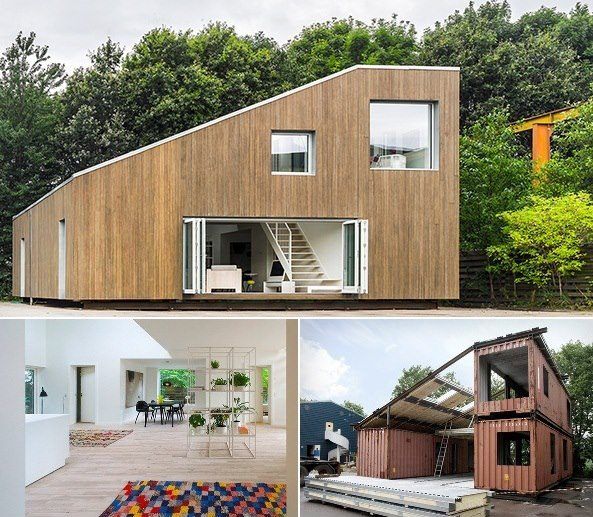Reinventing Sustainable Living Through Design

A sustainable home design doesn’t mean living like a hippy (not that there’s anything wrong with that), it simply means making smarter choices in the design stages of your home so you can get maximum results with minimal impact on the environment. Logically, a large house will require more building materials, result in more vegetation lost or not being planted as gardens, and require higher energy consumption. There is much we can learn from the tiny home movement. Start by considering just how much space you really need and focus on how the efficiency of the design can be improved. With some surprisingly small changes, your home can help you to achieve sustainable living. Consider the following design tips:
- Passive Solar Design: Passive solar design can go a long way towards making a home more energy efficient and sustainable. By orientating the home to make the most of natural light, considering thermal mass and its ability to assist with natural heating, making the most of shading, and installing appropriate insulation, you can help your home to maintain a more comfortable temperature. Considering that close to 50% of a home’s energy consumption is due to mechanical heating and cooling, passive solar design can make a huge difference in the long-term energy efficiency of a home. Windows are typically the biggest challenge when designing a home with energy efficiency in mind particularly when there are other factors at play. When designing the home such as scenic views and site orientation. Solar Smart-Glass provide an option to better deal with some of these issues such as glare, solar heat gain and UV exposure.
- Renewable Energy: Take advantage of renewable energy as a means of reducing power bills and minimising your environmental impact. For many, this could be as simple as installing solar panels on the roof of your home. In other locations, geothermal energy could be harnessed for heating and cooling although this is a rare option. Renewable energy sources will typically require a higher up-front installation cost however they promise to save money in the future because of significantly lowered energy bills. If renewable energy options are considered in the initial design phase, they are often far easier to install than trying to set them up at a later date.
- Reduce Water Consumption: There is currently a global water crisis many nations are trying to overcome. Making smart choices with regards to your plumbing fixtures can have a huge impact on your levels of water consumption. Choosing water saving showerheads, toilets with half and full flush options, and taps with reduced flow rates can all assist in water conservation. The inclusion of a rainwater tank can also enhance the sustainability of your home by harvesting a natural resource (rainwater) and then storing it for later use. Water usage can also be minimised in the landscape design surrounding your home; for example, choose plants that are native to the area which will require less supplementary watering.
- Use Recycled Materials: Utilising items such as reclaimed timber in the construction of your home will enable you to minimise the environmental impact of your home and help give it great character. These items can be used as statement pieces throughout the home, resulting in unique and beautiful design. Selecting natural and renewable finishes like cork or bamboo will also help to ensure your home is constructed in an eco-friendly manner.
Since building codes do vary around the world, it may be wise to organise an independent property inspector to ensure all stages of construction adhere to local standards. Working with a local expert will help you make sure your home is sustainable, well built and fully compliant. Sustainable living is a way of life, but it all starts with the way we design our homes for the future. Focusing on passive solar design, minimising the unnecessary consumption of natural resources and investing in renewable energy can all contribute towards a home that is energy efficient and eco-friendly.